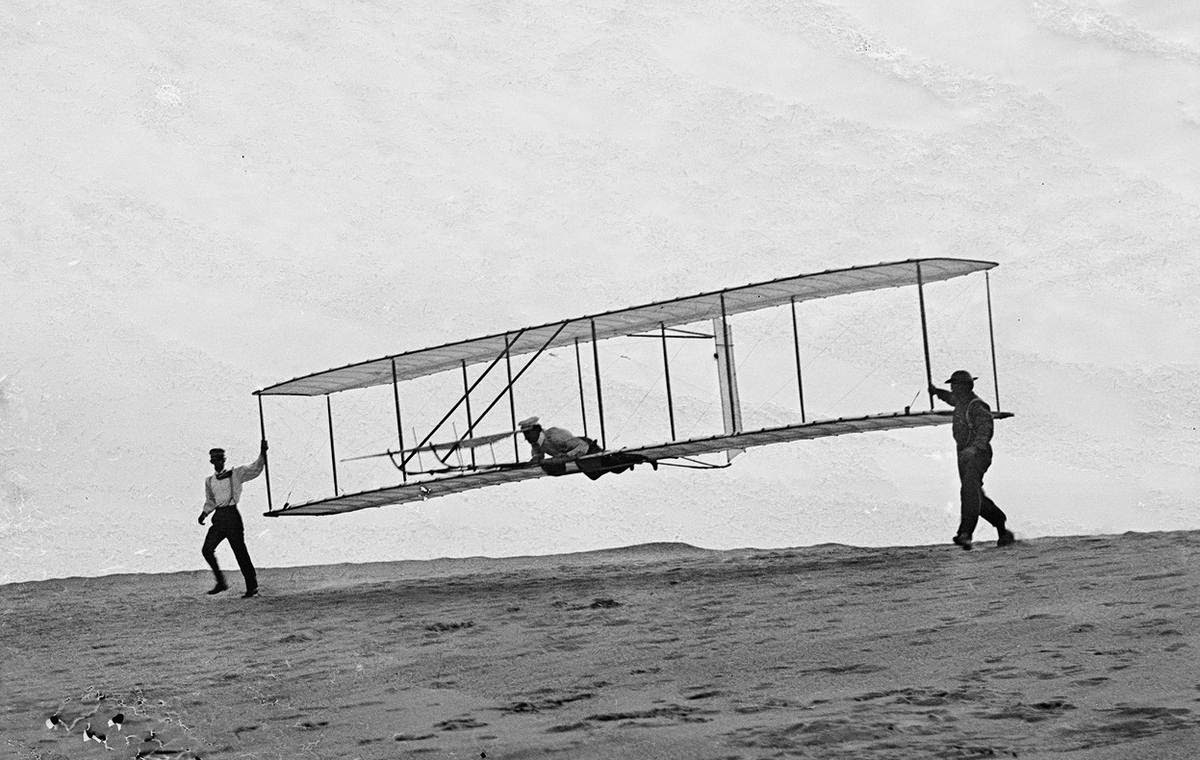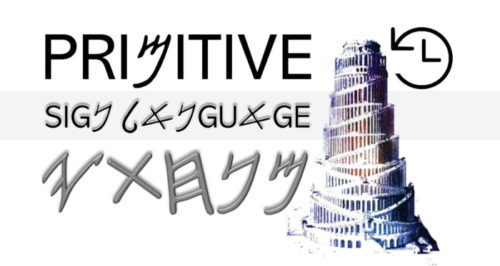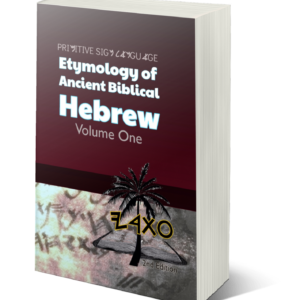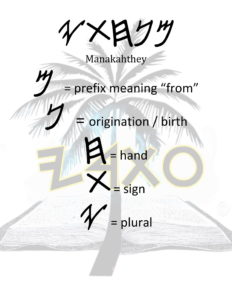
Many ground breaking Non-academics Discoveries
Albert Einstein’s Theory of Relativity (1905)
– While working as a patent clerk, Einstein published his revolutionary papers on special relativity. Though he had physics training, he wasn’t in academia at the time.
Antony van Leeuwenhoek’s microscopic discoveries (1670s)
– A cloth merchant with no formal scientific training, he built microscopes and discovered microorganisms. (Documented in letters to the Royal Society)
Gregor Mendel’s laws of inheritance (1866)
– Though a monk with some education, he wasn’t a professional scientist when he discovered fundamental principles of genetics through pea plant experiments.
Michael Faraday’s electromagnetic discoveries
– Started as a bookbinder’s apprentice with minimal formal education before making groundbreaking discoveries in electromagnetism.
William Herschel’s discovery of Uranus (1781)
– A musician who became interested in astronomy as a hobby before making this major planetary discovery.
Mary Anning’s fossil discoveries (1810-1847)
– With no formal training, she discovered important Jurassic fossils that shaped our understanding of prehistoric life.
Benjamin Franklin’s electricity research
– Though not formally trained in science, his experiments with electricity led to major advances.
George Boole’s development of Boolean algebra (1854)
– Largely self-taught, working as a schoolteacher when developing his mathematical system.
Henrietta Swan Leavitt’s discovery of the period-luminosity relationship in Cepheid variables (early 1900s)
– Working as a “computer” at Harvard, not as a professional astronomer.
Florence Nightingale’s statistical innovations
– Though known for nursing, her non-academic statistical work revolutionized medical record-keeping and visualization.
The Wright Brothers’ development of powered flight
– Bicycle mechanics who systematically solved the problems of powered flight through experimentation.
Thomas Edison’s numerous inventions –
Largely self-taught, working independently rather than in academic settings.
Karl Jansky’s discovery of cosmic radio waves (1932)
– While working at Bell Labs, not as an astronomer.
Caroline Herschel’s comet discoveries –
Sister of William Herschel, she discovered several comets despite no formal astronomical training.
Christopher Polhem’s mechanical innovations –
A self-taught Swedish inventor who made important advances in mechanical engineering.
James Hargreaves’ spinning jenny invention –
A carpenter and weaver who revolutionized textile production.
John Harrison’s marine chronometer –
A self-taught clockmaker who solved the longitude problem.
Antoni van Leeuwenhoek’s microscope improvements –
A draper who made crucial advances in microscopy.
William Smith’s geological mapping –
A surveyor who developed the first geological maps and principles of stratigraphy.
Konstantin Tsiolkovsky’s rocket science theories –
A self-taught scientist who developed fundamental principles of astronautics.
Non-Academic Linguists
When it concerns language, there have been many notable non-academic linguists who made important contributions to the field.
1. William Jones (1746-1794) – While primarily a judge in India, his non-academic linguistic work first proposed the connection between Sanskrit, Greek, and Latin, laying the groundwork for Indo-European linguistics. His observations were presented in his famous 1786 speech to the Asiatic Society.
3. Johannes Schmidt (1843-1901) – Though he later became a professional linguist, his groundbreaking “Wave Theory” of language change was developed while he was still an non-academic scholar.
4. Kenneth Pike (1912-2000) – While primarily working as a missionary, he developed tagmemics and made significant contributions to the study of tone languages and phonetics. He did eventually receive formal training.
5. Sequoyah (c. 1770-1843) – Perhaps one of the most remarkable non-academic linguists, he created the Cherokee syllabary despite being illiterate in any language. This is one of the few known instances of an individual creating an entirely new and widely used writing system.
6. Benjamin Lee Whorf (1897-1941) – While working as a fire prevention inspector for an insurance company, he developed influential theories about the relationship between language and thought (the Sapir-Whorf hypothesis), though he did work closely with professional linguist Edward Sapir.
7. James Murray (1837-1915) – Though best known as the primary editor of the Oxford English Dictionary, he was a self-taught linguist who started as a schoolteacher. His methodical approach to documenting the history of words revolutionized lexicography.
The earliest linguistic works in various cultures were often compiled by merchants, travelers, and missionaries who were essentially non-academic linguists – people who needed to learn and document languages for practical purposes rather than academic study. The field continues to benefit from non-academic contributions, people who conduct language research outside their field of study, or from scholarly independent researchers who have no formal institutional associations, particularly in:
– Documentation of endangered languages
– Development of constructed languages
– Translation and interpretation
– Dialect studies
– Collection of linguistic data from remote communities
The Discovery of the Origins of Ancient Biblical Hebrew
My name is Itharey, I was born Betsy Barbosa. I discovered the origins of Ancient Biblical Hebrew, that being “Mankahthey”, with no academic associations or accreditations in that field, like many others before me, due to my passion and quest for truth. I was a stay-at-home mom and seamstress at the time of the discovery. Previously, I have been independently studying Paleo Hebrew since 2007 while pursuing various entrepreneurial ventures; real estate agent, owner of a cleaning business, and online custom clothing shop, all the while being the mother of four children. My desire to truly understand the language was in 2019. I was concerned no one knew the origins of the Paleo-Hebrew symbols. I wasn’t convinced that the Lexicons were being honest concerning the meaning of words and I was upset that translators didn’t often agree on the translations of those very words. The inconsistencies bothered me immensely. How can I know the truth about what words in the Biblical language means without knowing the meaning and origins of the symbols? This is what I concluded was the reason people disagreed about the meaning of biblical words.
Many have tried to offer answers to this question, but they did not offer answers as to “why” or “how” symbols meant this or that. If they did, it didn’t make sense to me. I concluded most people were guessing and really did not know the origins of Hebrew. I took my petition to Yahuah and I received many revelations concerning the origins of the symbols and even the very name of the language. I used observation and the process of deduction and researched a “hutch” about the language that I had in 1994. At that time, the symbols looked like they were communicating “hand signs”, but I could not find any such information and dismissed my perceptions.
Using this hypothesis, after being shown the hand sign of one symbol, that being the Dalath, I questioned all the symbol’s origins and found them to come from hand signs. Who showed me the first-hand sign? After a short prayer I was moved to “test” the Dalath symbol and that test showed me the “door” for which it was called. That inspired my inquisition concerning the language and the rest was written in my book “Primitive Sign Language”. I credit Yahuah for the wisdom I received, but it was indirectly given to me. I feel the information, like a “tap on my shoulder” or a “sense” causing me to turn my head. I am keen to feelings, signs, and symbols. These non-verbal communications are signs which lead me to question the symbols, then get answers through testing their functions or meaning. For example, a “thought” comes to my mind and I question it. The information came back-to-back around November of 2019. My documentation led to a book which was released on June 2020, but I kept adding to it with revisions and editions.
Currently, it is 2024, and it’s been 4 yrs since I published my book. I am writing the 3rd edition of this book and adding more information and hand signs. I have created an app called “Itharey” and written other books concerning the language which are available here on this website.
I am also enrolled as a student at the University of Louisville, where I am pursuing a degree as a Linguist. I am not attending this college to learn any Semitic language. I can’t have my “outside of the box” thinking be corrupted by entering a college for them to teach me to conform my thinking. My studies concerning the biblical language is as of now, independent, though I will read books and articles along the way to help my research. I am not against the academic community, but they seem to have a financial interest in promoting certain truths. I have reached out to a few professors and even meet one in person and she did not look my book or discoveries. That was my fault, I gave credit to Yahuah for the information and then her “ears seemed to close” and she basically be littled me. I guess it makes for a good story. I haven’t tried very hard since, I will admit because their knowledge of my work doesn’t really matter to me. I was offering my information out of respect I have for them, but those who I tried to contact, don’t seem to want it. They do not need to validate my findings, in order for it to be deemed “the truth”. The truth concerning the language only needs to be the truth, period, not the truth by those who have a financial interest in it. I am coming to them, regardless if they want this information for the benefit of the people.
I am open to sharing my discoveries with any institution who are truly about the truth concerning the language. I want to talk to scholars concerning my discovery and show them what I know, but who will have an open ear? I will get my information out, but that may take a few years as they haven’t heard me as of yet. My work, praise Yahuah, was discovered before I attained any degree and they can’t lay claims to it. I am working toward my degree to spread the truth about the language. I am the Ambassador of the Manakahthey language. If you want to keep up with me, buy the book and download the app. If you want to talk to me about the language, send me an email, or even call me. I am not hard to reach.
My goal is to put together a dictionary of Manakahthey words that get their meaning of hand and body gestures and/or symbolic meaning. This book will be called “Primitive Sign Language Volume 2”. Please consider showing your support as I do not have any academic sponsorship as of yet for this book to come out. My research is held back unless I can find the means to support my efforts to share my information. Support me on Patreon.com/bathyah or Itharey.com/donate
I welcome inquiring and peer review of my information.




